Introduction
As parents and educators, we all want our children to thrive and excel in various aspects of life. One way to support their development is through the world of art, and in particular, process art. Unlike traditional art, which often focuses on creating a specific end product, process art prioritizes the creative journey itself. In this article, we’ll explore what process art is and why it’s essential for your child’s development.
What Is Process Art?
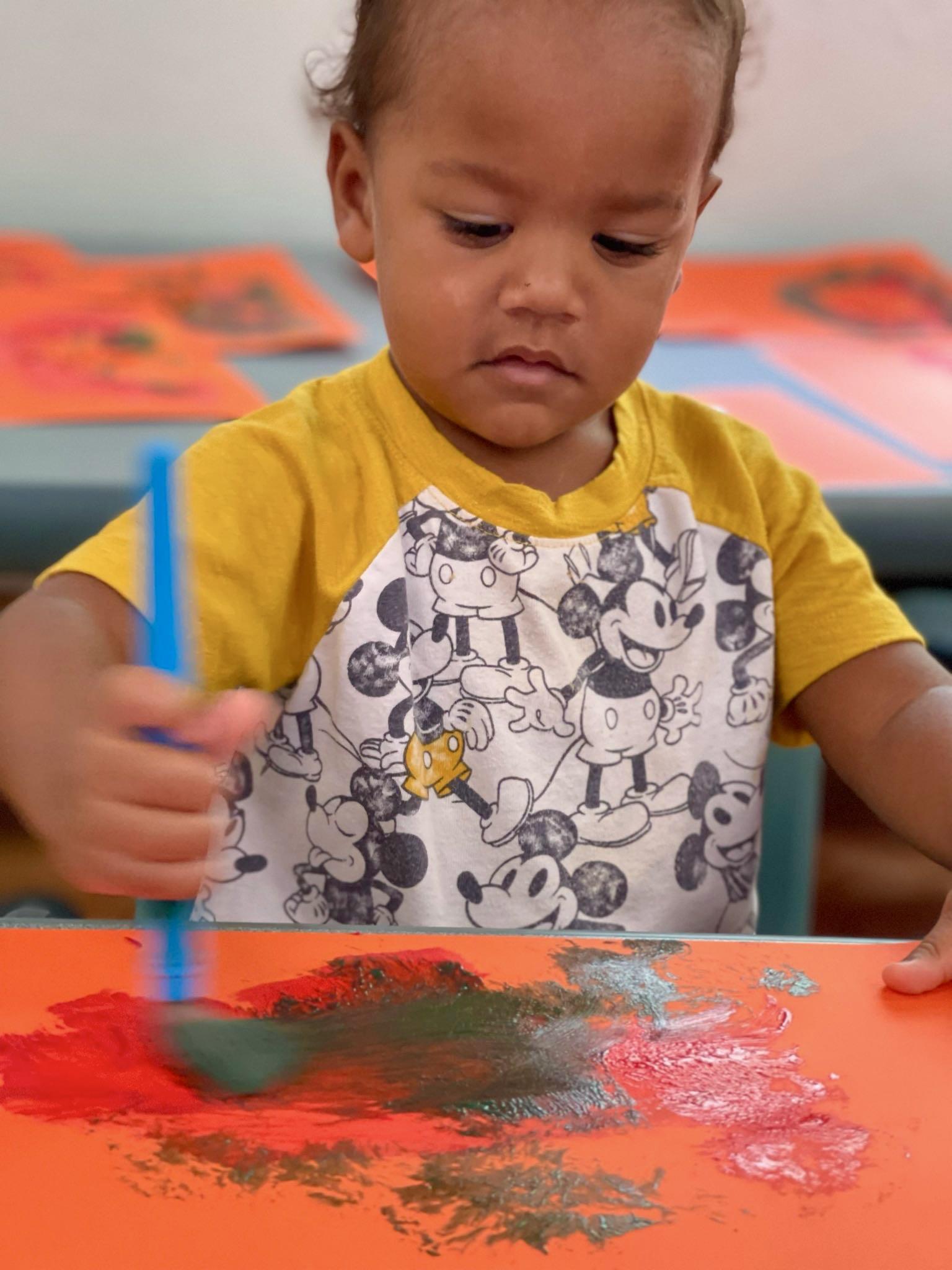
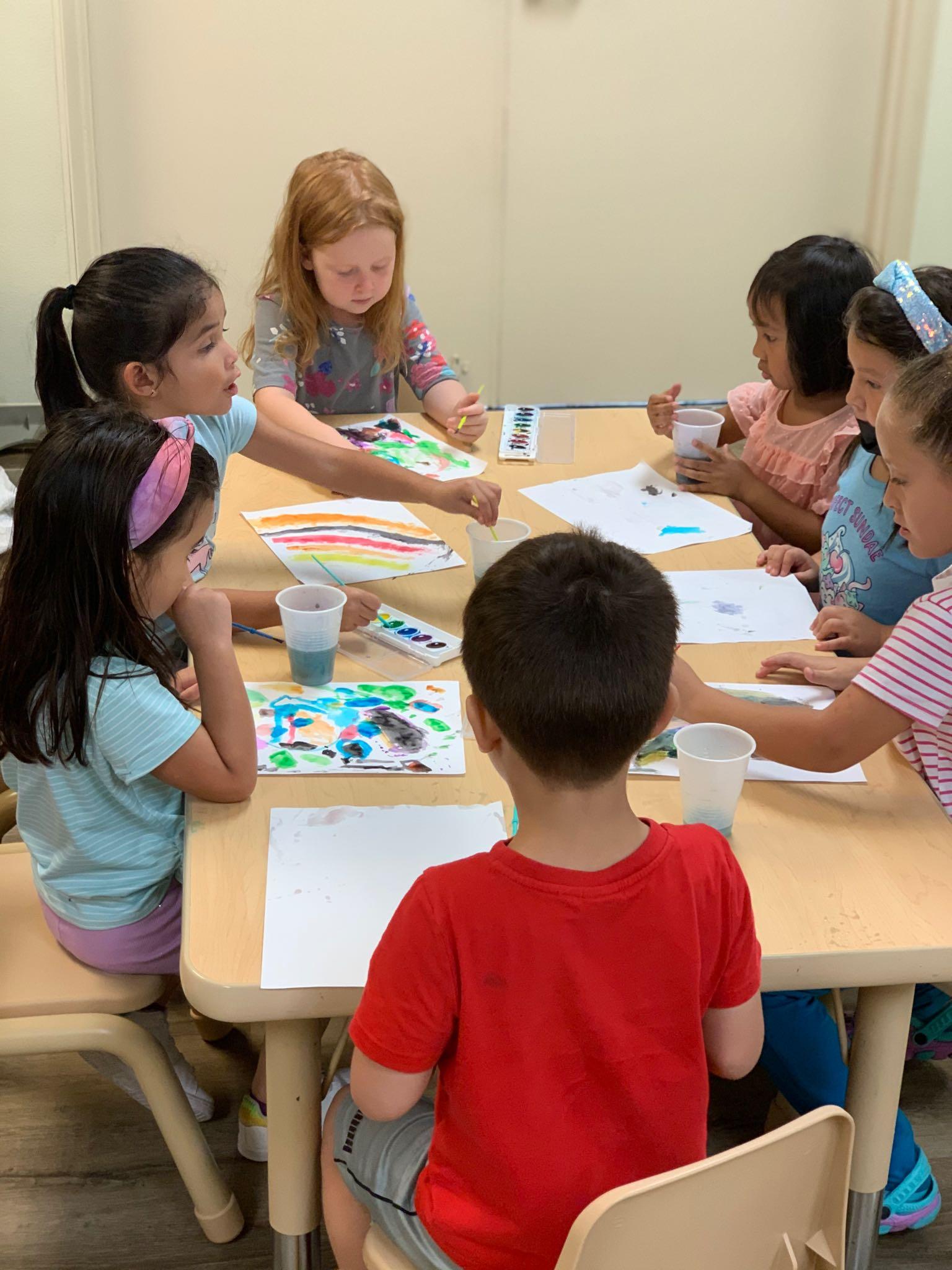
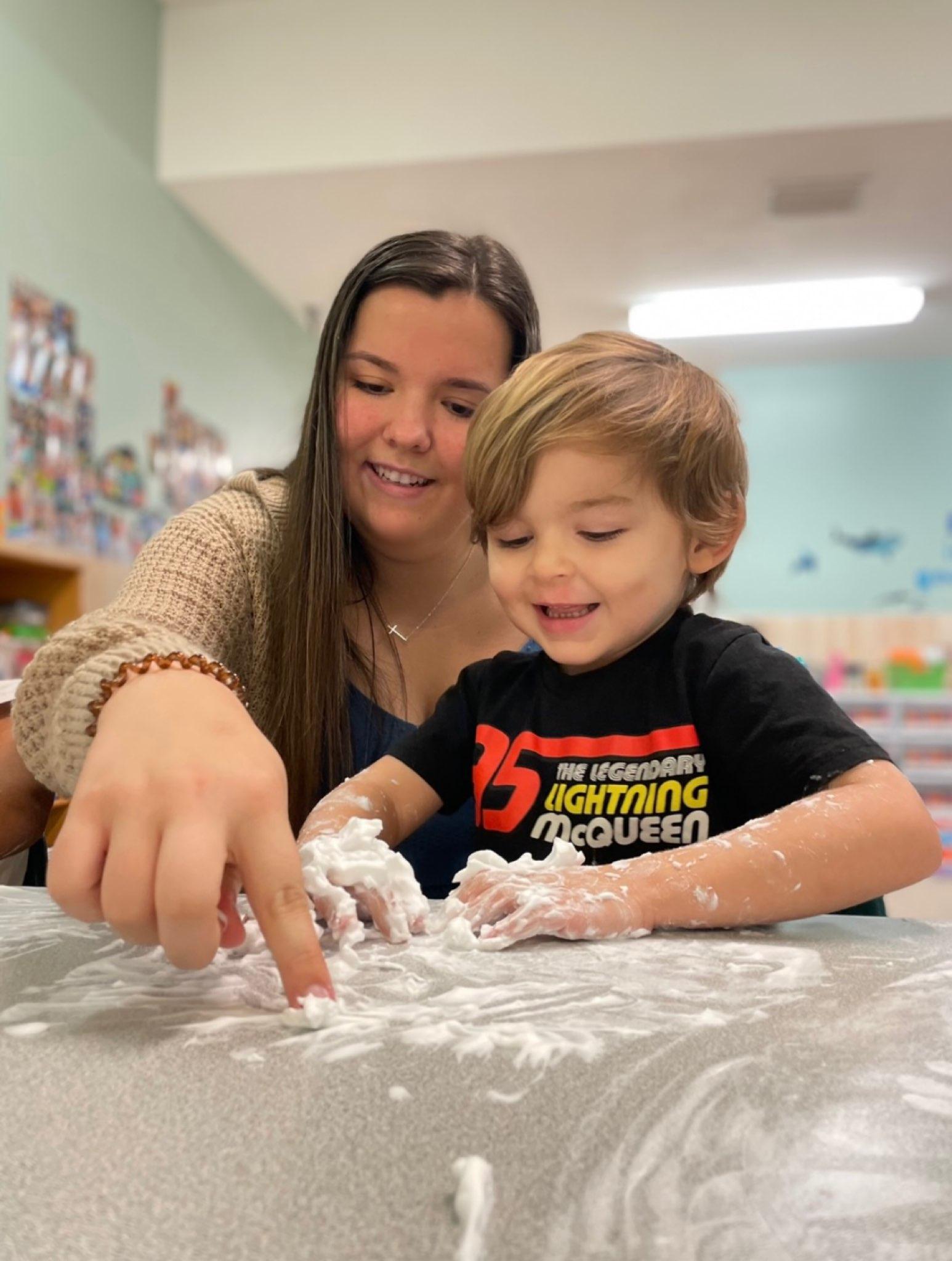
Process art is an art-making approach that emphasizes the creative process rather than the final product. It encourages children to explore materials, experiment with different techniques, and use their imagination freely. Unlike conventional art projects where children follow a step-by-step guide to create a predetermined outcome, process art invites them to make their autistic decisions.
Key Characteristics of Process Art:
Emphasis on Exploration: Process art encourages children to explore various materials, such as paint, clay, paper, and found objects, without specific instructions or rules.
Open-Ended Activities: Instead of providing a template or a model to replicate, process art projects are open-ended , allowing children to determine the direction of their creative expression.
Individuality: Every child’s artwork in process art is unique because it reflects their thoughts, emotions, and personal experiences. There is no right or wrong ways to create.
The Importance of Process Art:
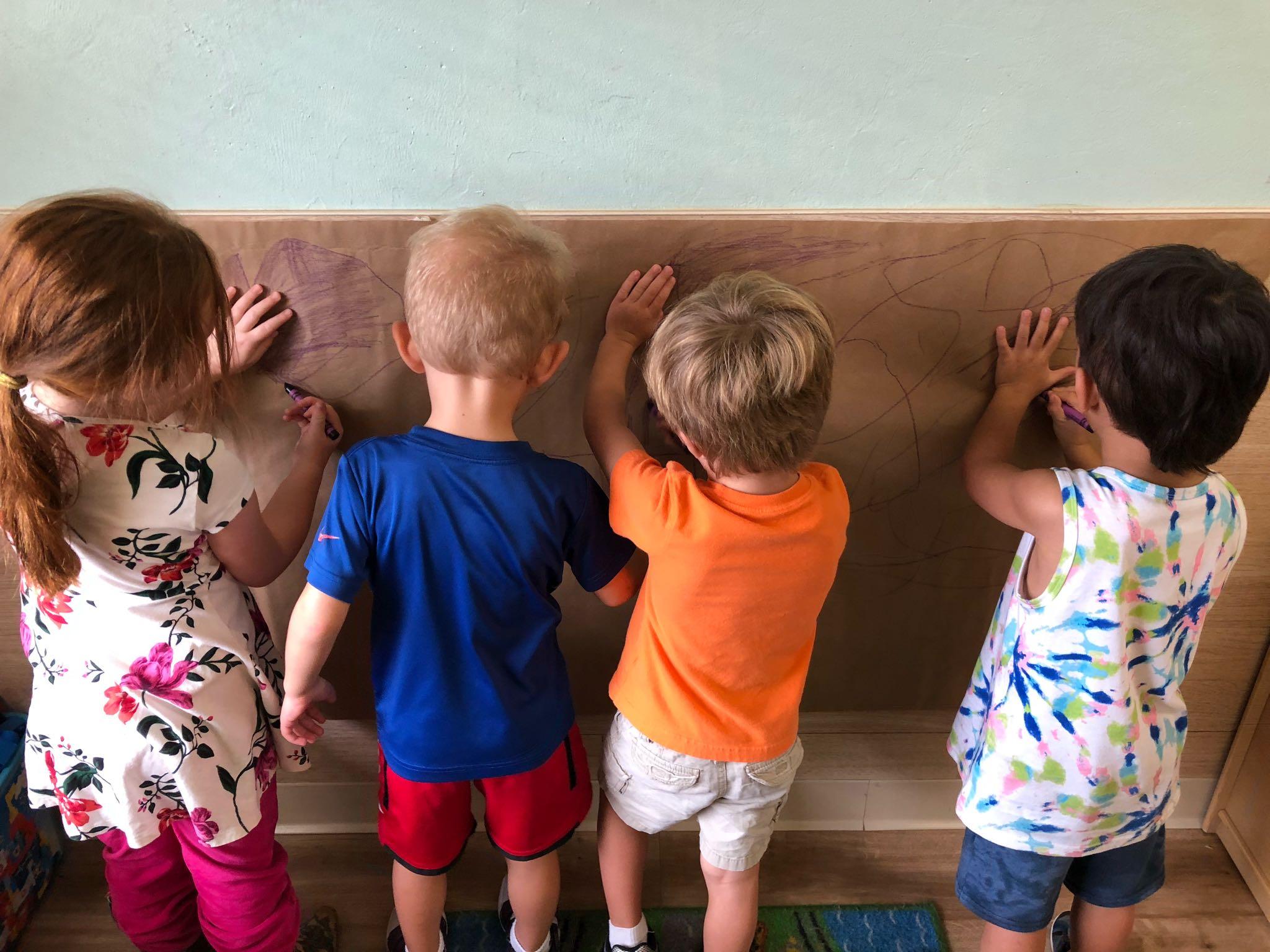
Fosters Creativity
Process art is a powerful tool for nurturing creativity in children. It allows them to think outside the box, experiment with new ideas, and develop their unique artistic style. Encouraging creativity at a young age can benefit children throughout their lives by enhancing problem-solving skills and fostering innovation.
Builds Confidence
Engaging in process art provides children with a sense of autonomy and control over their creations. As they see their ideas come to life, they gain confidence in their abilities. This confidence can spill over into other areas of their lives, making them more resilient and willing to take on challenges.
Encourages Critical Thinking
Process art encourages children to make decisions about their artwork, from selecting materials to choosing colors and shapes. This decision-making process helps improve their critical thinking skills, as they learn to assess and adapt their choices based on the results they desire.
Supports Emotional Expression
Art is a powerful medium for emotional expression. Through process art, children can convey their fallings, thought, and experiences, even when they might not have the words to express them verbally, This can be particularly helpful for children who find it challenging to communicate their emotions.
Promotes Fine Motor Skills
Engaging in process art often involves activities like drawing, painting, cutting, and sculpting, which help develop fine motor skills. These skills are essential for tasks like writing, buttoning clothes, and using utensils effectively.
Fosters a Love for Learning
Process art makes learning enjoyable. Children naturally become curious and eager to explore when they are allowed to play and experiment. This enthusiasm for learning can extend beyond art and contribute to their overall academic and intellectual development.
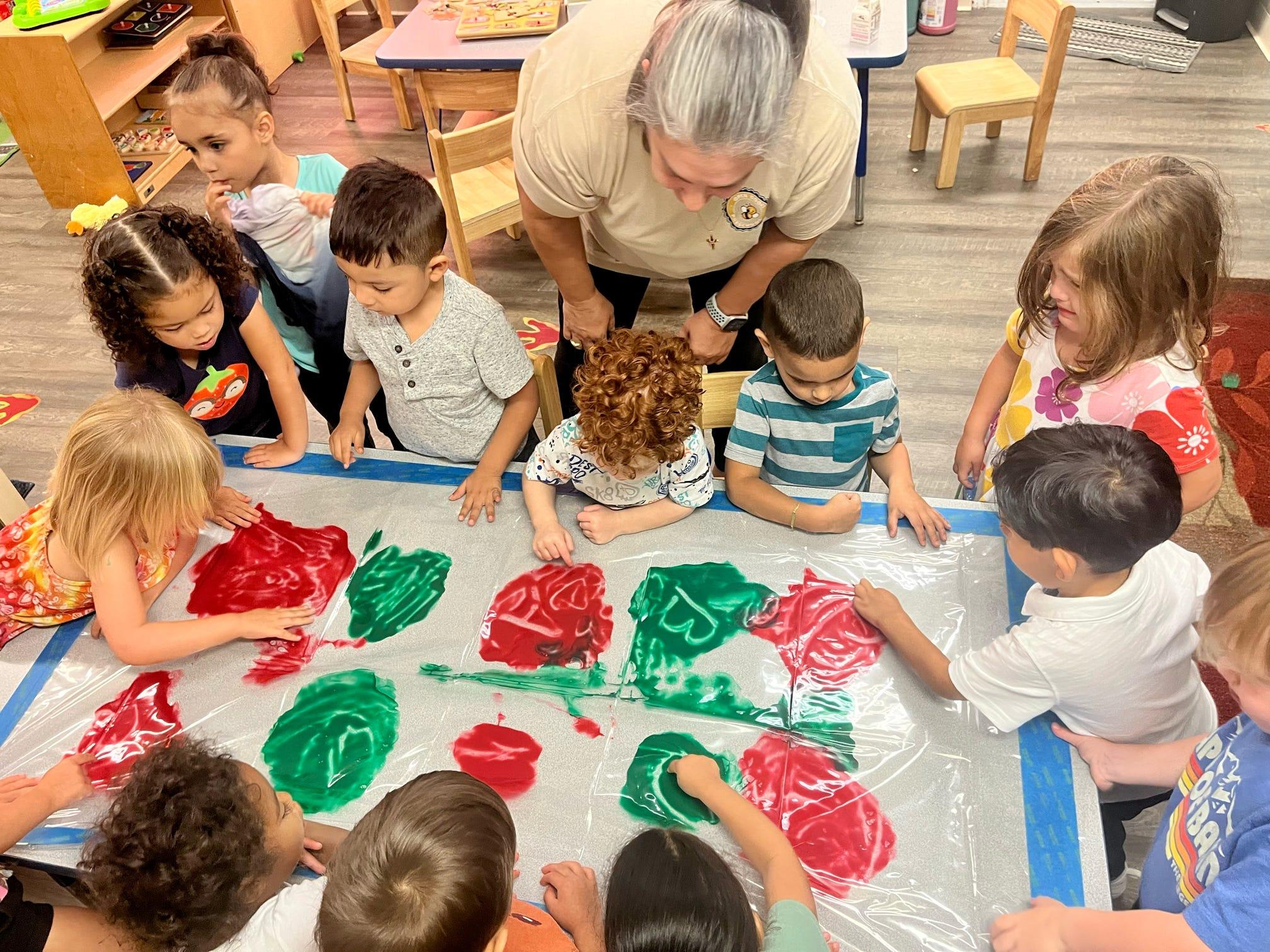
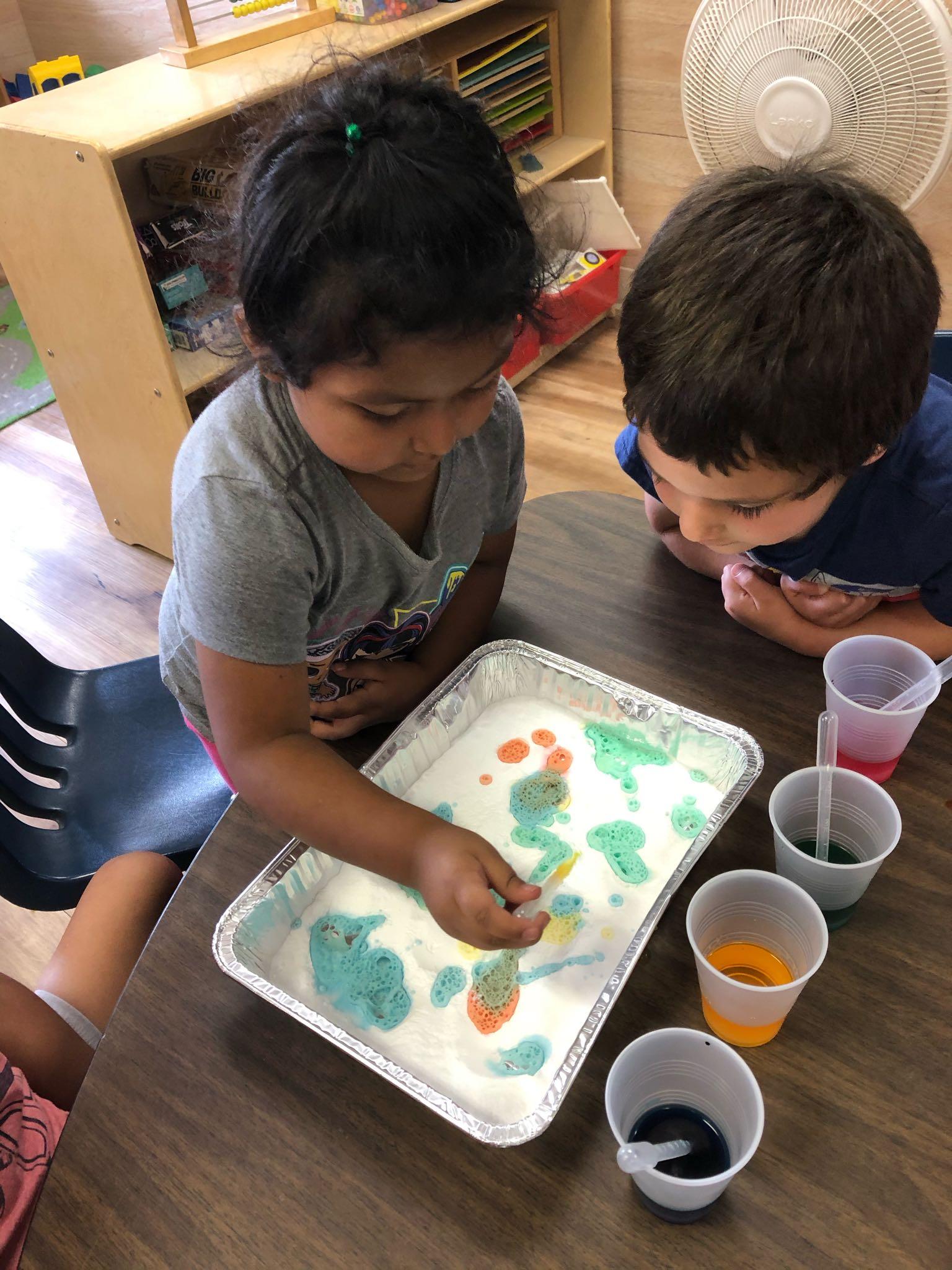
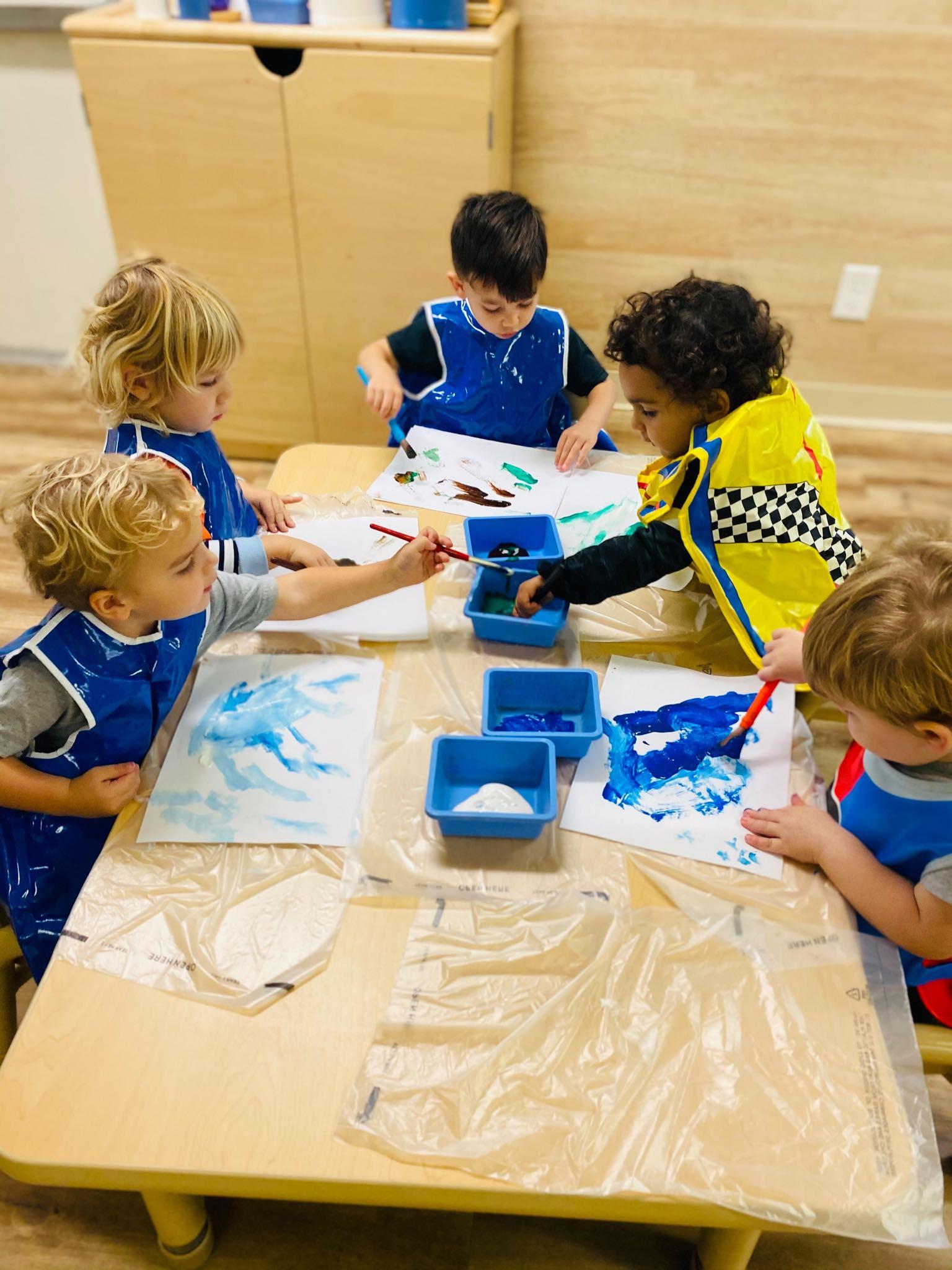
Tips for Encouraging Process Art at Home
- Provide a variety of art materials: Offer a wide range of art supplies, from paints and markers to natural materials like leaves and twigs, to stimulate creativity.
- Create a designated art space: Set up a dedicated area for art activities, making it easier for your child to access materials and express themselves.
- Avoid directing the outcome: Resist the urge to guide your child’s creative process. Let them take the lead, even if it means embracing the unexpected.
- Celebrate the process, not the result: Focus on praising your child’s effort, creativity, and enthusiasm rather than the final artwork’s appearance.
- Join in the fun: Participate in art activities together as a family to model creative expression and make it a bonding experience.
Conclusion
Process art is a valuable tool for promoting creativity, confidence, critical thinking, and emotional expression in children. By emphasizing the journey over the destination, parents and educators can help children develop essential life skills while fostering a love for art and learning. So, let your child’s imagination run wild and watch as they bloom into creative, confident individuals through the magical world of process art.

